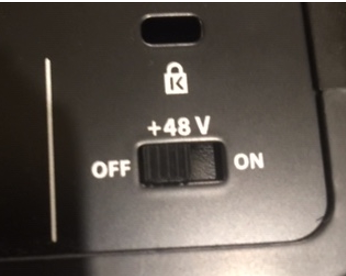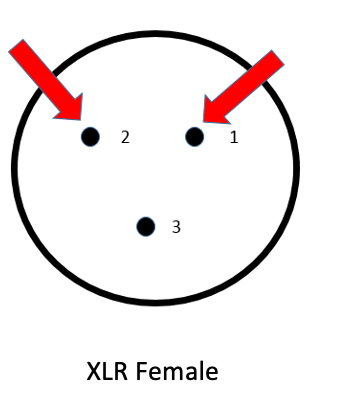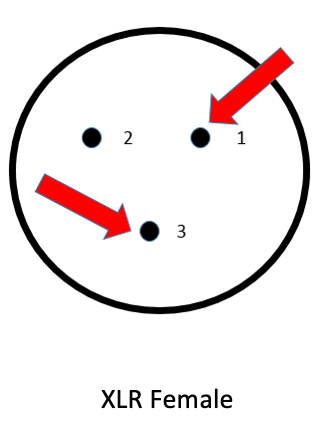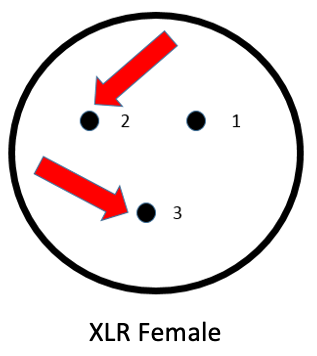Question: What kind of phantom power supply or audio interface do I need for an AT2020 microphone?
Answer: You either have or are thinking of buying an Audio-Technica AT2020 analog microphone to connect to your computer for recording, remote learning, broadcasting, or virtual meetings. You have read the Audio Solutions Question of the Week about How Do I Use My Professional Analog Microphone on a Computer so you know what you need. The question is, how do you know you are getting the correct audio interface or phantom power supply?
The very first thing you have to find out is if the interface provides 48V DC of phantom power. Phantom power is DC voltage sent down the microphone cable to power the preamplifier of a condenser mic capsule and/or to provide a polarization charge to the backplate of the element. Please note that the AT2020 is very particular about getting a full 48V of phantom power. Also note that, in order for phantom power to work, a balanced microphone cable must be used. A balanced mic cable has three conductors: pin 1 is ground, pin 2 is audio positive, and pin 3 is audio negative. Most microphones produce a positive voltage on pin 2 when sound pressure is applied to the diaphragm. Think XLR male to XLR female microphone cable. Also, please note that on many devices you can turn phantom power on or off.

So, you have zeroed in on several interfaces or phantom power supplies that claim to provide 48V DC phantom power. Which do you buy? I think the old adage of “you get what you pay for” comes into play. You have no idea how many calls the Audio Solution Team receives from customers who decided to buy the cheapest device they could find and end up having issues. Look to name brands and carefully read customer reviews of these devices. We have seen devices that simply do not provide the advertised amount of phantom power. So what happens if the AT2020 does not receive adequate phantom power? First, it just may not work. Second, the signal-to-noise ratio may not be that good. Finally, it may not be reliable. Also, please note that even good interfaces and power supplies can develop an issue with providing proper voltage. Anything electronic can break.
So, exactly how does one check if their device is providing adequate phantom power? Actually, it’s fairly simple. First, you need a voltmeter. There are fairly inexpensive ones available at your local hardware store that should do the trick. Follow the steps below.
1. Disconnect the microphone/cable from the device.
2. Make sure the device is powered on and phantom power is enabled.
3. Set the voltmeter to read from 0 to 50 volts DC.
4. Place the leads from the voltmeter into pins 1 and 2 of the device’s XLR connector and note the voltage.

5. Place the leads from the voltmeter into pins 1 and 3 of the XLR connector and note the voltage.

6. The DC voltages measured between 1 and 2 and between 1 and 3 should be exactly the same – to the tenth of a volt and close to 48V. If they are not you have an issue.
7. Next measure between pins 2 and 3 of the XLR connector. The DC voltage should be zero or nearly zero. If not, again you have a problem.

If you have any additional questions about using an interface or external phantom power supply with the AT2020 please feel free to contact our Audio Solutions Department.